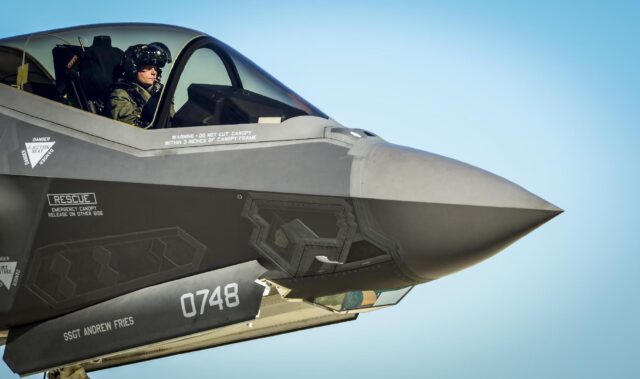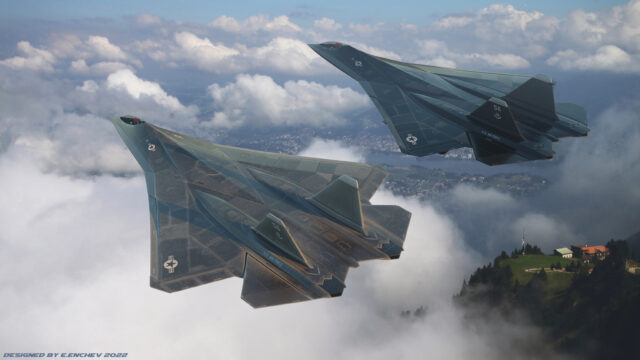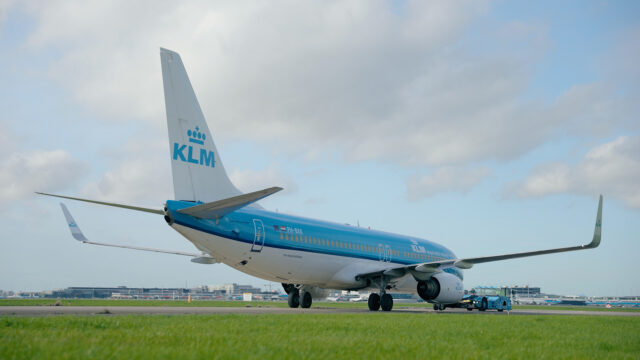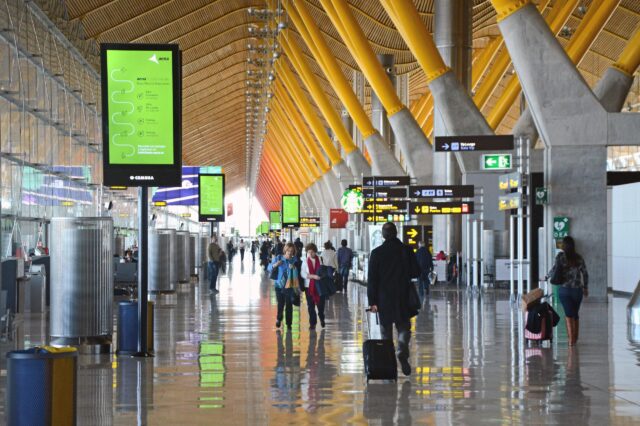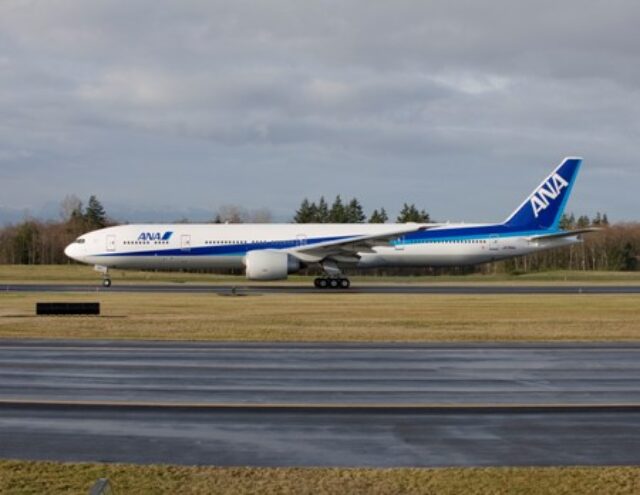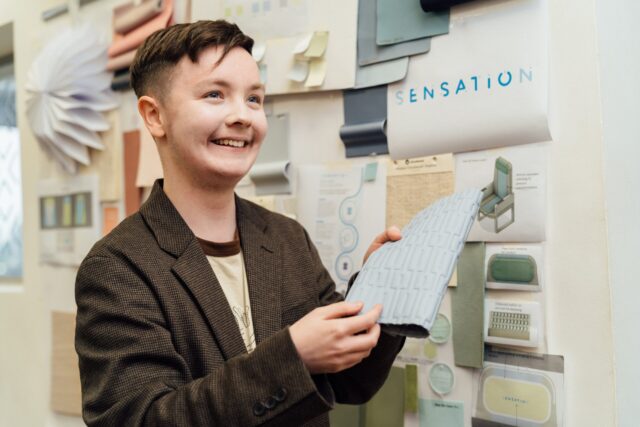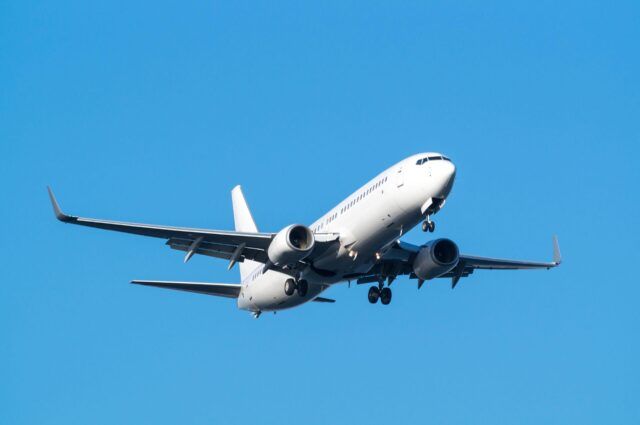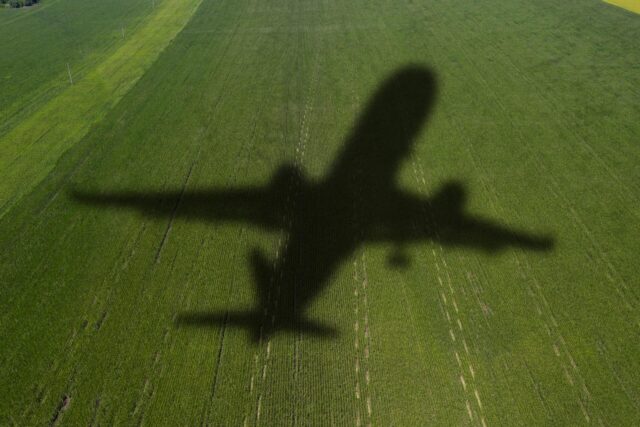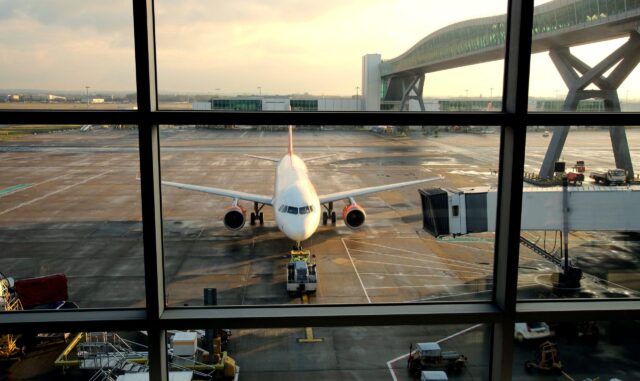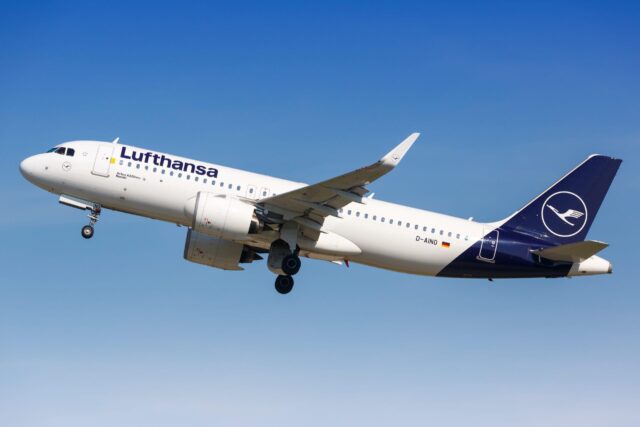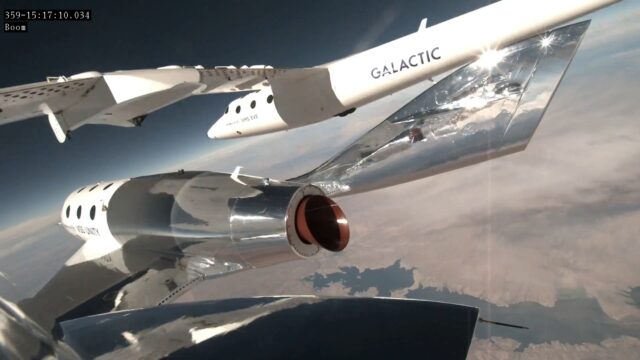Boeing and NASA shelve X-66 in favour of thin-wing aircraft focus
April 25, 2025

NASA and Boeing are to pause work on the agency’s X-66 flight demonstrator in favour of further pursuing thin-wing technology central to the design.
The proposed shift in focus – described by NASA as “an updated approach” – will see the initiative focus on “demonstrating thin-wing technology with broad applications for multiple aircraft configurations,” incorporating elements of the existing X-66’s design.
In January 2023, Boeing won the NASA contract to develop the X-66 under the agency’s Sustainable Flight Demonstrator programme. It was the first experimental (X-plane) specifically designed to help inform net-zero aviation emission goals, aiming to inform a new generation of more sustainable single-aisle aircraft. The design employed a transonic truss braced wing concept – combining extra-long wings with diagonal stabilising struts – intended to help improve aerodynamic efficiency and reduce fuel burn by up to 30%.
However, NASA has now confirmed that this “more complex” concept will “pause for later consideration based on the thin-wing testbed results and further truss-braced configuration studies”. Although the thin-wing technology will be a central point of focus, with Boeing’s proposal having identified the thin-wing concept as “having broad applications for potential incorporation into aircraft with and without truss braces,” NASA and Boeing will also continue to “collaborate on research into the transonic truss-braced wing concept”.
In December 2024, a scaled model of the experimental X-66 completed its first round of low-speed wind tunnel testing at NASA’s Langley Research Centre, prior to an envisaged second round of high-speed wind tunnel evaluation.
The status of the full-scale demonstrator under construction in Palmdale, California (based around a heavily modified Boeing MD-90) is unknown, although as of December, NASA had confirmed that ground and flight testing was scheduled to begin in 2028. NASA has stated that under the new proposal, “all aspects of the X-66 flight demonstrator’s design, as well as hardware acquired or modified for it, would be retained”.
Despite the shift in focus and potential aircraft configuration, NASA nevertheless retains its original goal for its sustainable aircraft research: “to achieve substantial improvements for next-generation airliner efficiency, lower costs for travellers, reduced fuel costs and consumption, and increase US aviation’s technological leadership”.
